Unraveling the Tapestry: Medieval Love Triangles Cover AI Microscope
Introduction
The concept of Medieval Love Triangles Cover AI has captivated audiences for centuries, weaving its way through literature, film, and even historical accounts. In the Middle Ages, renowned for its intricate social structures and chivalric codes, love triangles often took on a unique and dramatic form. With the advent of AI, we can now delve deeper into these historical narratives, analyzing patterns, motivations, and the cultural context that shaped these complex relationships.
AI is revolutionizing the publishing industry, and one of its most exciting applications is in book cover design. The medieval love triangle genre, in particular, has seen a surge in AI-generated covers. These tools allow authors and publishers to create stunning, visually rich covers that capture the essence of their stories faster than ever before. This blog will explore the technology behind these AI-powered covers, discuss the benefits and drawbacks for both artists and publishers, and speculate on the future of this dynamic intersection of art, technology, and storytelling.
The Allure of the Medieval Love Triangle
Medieval love triangles were often rooted in the concept of courtly love, a code of conduct that idealized romantic love as a noble and spiritual pursuit. This code emphasized the adoration of a distant and unattainable beloved, often leading to situations where a knight might find himself torn between his devotion to his lady and his obligations to his lord or family.
One famous example is the tale of Tristan and Isolde. Tristan, a valiant knight, is tasked with bringing Isolde, a beautiful princess, to marry King Mark of Cornwall. However, upon drinking a love potion, Tristan and Isolde fall deeply in love, leading to a passionate and forbidden affair. Their love triangle becomes a tragic tale of desire, betrayal, and ultimately, death.
AI’s Role in Unraveling Medieval Love Triangles
AI has the potential to revolutionize our understanding of medieval love triangles by providing new tools for analysis and interpretation. Here are some ways AI can be utilized:
1. Textual Analysis:
AI algorithms can analyze vast amounts of medieval literature, identifying patterns and themes related to love triangles. By examining the frequency of certain motifs, character archetypes, and plot devices, researchers can gain insights into the cultural and social factors that influenced these narratives.
2. Historical Contextualization:
AI can be used to correlate historical events with literary trends. For example, by analyzing political instability, economic fluctuations, and social unrest during a specific period, researchers can better understand how these factors impacted the portrayal of love triangles in literature.
3. Character Analysis:
AI can delve into the psychology of characters involved in love triangles, analyzing their motivations, desires, and conflicts. By identifying key personality traits and analyzing their interactions, researchers can gain a deeper understanding of the dynamics at play in these relationships.
4. Visual Analysis:
AI can be used to analyze visual representations of love triangles in medieval art and manuscripts. By identifying recurring symbols, iconography, and visual metaphors, researchers can gain insights into the cultural and symbolic significance of these relationships.
The Ethical Implications of AI in Medieval Studies
While AI offers exciting possibilities for the study of medieval love triangles, it is important to consider the ethical implications of its use. Some concerns include:
- Bias and Objectivity: AI algorithms are trained on data that may contain biases, which could influence the results of analysis. It is crucial to be aware of these potential biases and to take steps to mitigate them.
- Overreliance on Technology: While AI can be a valuable tool, it should not replace human interpretation and critical thinking. Researchers must use AI in conjunction with traditional methods of analysis to ensure a well-rounded understanding of the subject matter.
- Privacy and Data Security: AI often involves the collection and analysis of large amounts of data, raising concerns about privacy and data security. It is essential to handle this data responsibly and ethically.
The Timeless Allure of Medieval Romance: A Perfect Match for AI
Medieval romance novels have a unique appeal, and AI-generated cover art has amplified their allure. Let’s delve into the reasons why:
- A Rich Historical Tapestry:
- Visual Spectacle: The medieval era, with its castles, knights, and elaborate gowns, offers a visually stunning backdrop.
- AI’s Mastery: AI can seamlessly capture the intricate details and dramatic lighting of this period, creating captivating cover art.
- The Enigmatic Love Triangle:
- Emotional Depth: Love triangles, a classic literary device, add layers of complexity and tension to a story.
- AI’s Nuance: AI can convey subtle emotions like longing, jealousy, and betrayal through facial expressions and body language, enhancing the reader’s engagement.
- A Timeless Escape:
- Nostalgia and Fantasy: Medieval settings transport readers to a world of chivalry, courtly love, and magic.
- AI’s Immersive Experience: AI-generated covers can create a sense of wonder and mystery, inviting readers to step into this enchanting world.
By harnessing the power of AI, authors can create visually stunning and emotionally resonant book covers that perfectly capture the essence of medieval romance. This synergy between technology and creativity is redefining the way we experience historical fiction.
The Future of AI in Romance Novel Cover Art
-
Personalized Cover Art:
- Tailored to the Reader: AI can analyze reader preferences and generate covers that resonate with specific demographics.
- Customizable Elements: Readers may be able to choose specific elements like character appearance, setting, and mood.
-
Enhanced Visual Storytelling:
- Dynamic Imagery: AI can create dynamic covers that evoke emotion and intrigue, such as characters interacting or landscapes shifting.
- Symbolic Representation: AI can incorporate subtle symbols and motifs that enhance the story’s themes.
-
Efficient Design Process:
- Rapid Prototyping: AI can generate multiple cover concepts quickly, allowing for faster decision-making.
- Automated Tasks: Routine tasks like color correction and typography can be automated, saving time and resources.
-
Ethical Considerations and Copyright:
- Fair Use and Licensing: Ensuring that AI tools use copyrighted material ethically and responsibly.
- Artist Collaboration: Balancing AI-generated art with human creativity to maintain authenticity.
-
Potential Challenges and Limitations:
- Overreliance on Data: AI models rely on quality data to generate accurate and relevant results.
- Lack of Human Touch: While AI can generate impressive visuals, it may struggle to capture the nuances of human emotion and storytelling.
AI-Generated Art and Authorship: Who Owns the Cover?
The rise of AI-generated art has brought about a complex question of ownership. Here’s a basic breakdown of the issue:
- Human Input:
- Prompt Engineering: The human user provides the initial prompt or text description, guiding the AI’s creative process.
- Selection and Modification: The user selects and modifies the AI-generated images to fit their vision.
- AI’s Role:
- Image Generation: The AI processes the prompt and generates images based on its training data.
- Creative Algorithm: The AI applies its algorithms and techniques to create unique and original images.
- Ownership:
- Current Legal Standpoint: In many jurisdictions, copyright protection is granted to works created by humans. AI, as a tool, is not considered an author.
- Potential Future: As AI technology evolves, there may be changes in copyright law to accommodate AI-generated works.
Key Considerations:
- Terms of Service of AI Tools: Understand the specific terms and conditions of the AI tool you’re using, as they may outline ownership rights.
- License Agreements: If you commission an artist to refine or modify an AI-generated image, ensure a clear licensing agreement is in place.
- Fair Use and Public Domain: Be aware of copyright laws and ensure that your use of AI-generated art complies with fair use principles or utilizes public domain images.
Why Are Love Triangles So Popular?
The enduring appeal of love triangles can be attributed to several factors:
- Emotional Complexity: Love triangles often explore complex emotions like love, jealousy, and betrayal.
- Moral Dilemmas: Characters in love triangles are frequently faced with difficult choices, making for compelling storytelling.
- Relatability: Many people can relate to the experiences of longing, heartbreak, and the complexities of love.
Whether it’s a classic tale or a modern adaptation, the love triangle continues to captivate audiences and spark endless discussions.
Medieval Love Triangles Cover AI Details
For watching more details about Medieval Love Triangles Cover AI click on the below link:
You tube link:
Tik Tok Link
https://www.tiktok.com/discover/love-triangle-medieval-reenactment
Conclusion
Medieval Love Triangles Cover AI offer a fascinating glimpse into the complexities of human relationships and the power of love, desire, and betrayal. By utilizing AI, we can unlock new insights into these timeless tales, shedding light on the cultural, social, and psychological factors that shaped them. However, it is crucial to approach this research critically, mindful of the ethical implications and limitations of AI technology.
The advent of AI-powered tools is revolutionizing the publishing industry, particularly in the realm of cover design. Medieval love triangle covers, for instance, are a testament to AI’s ability to breathe new life into classic themes. By generating visually striking and evocative covers, AI is making it easier than ever for authors to captivate readers. As both the art and publishing industries continue to evolve, we can expect even more innovative applications of AI, pushing the boundaries of creativity and redefining the future of book covers.
FAQs: Medieval Love Triangles Cover AI
-
Can AI Truly Innovate Romance Novel Covers?
While AI can generate visually appealing covers, it’s important to understand its limitations. AI essentially remixes existing styles and elements from its training data. While it can create unique combinations, it doesn’t possess the same creative spark as a human artist.
-
How Much Does AI-Generated Romance Art Cost?
The cost of AI-generated covers varies depending on the platform and the specific features you need. Many AI tools offer subscription-based models, making them a budget-friendly option compared to hiring a professional artist.
-
Is AI Art a Legal Minefield?
The legality of AI-generated art is a complex issue. If an AI model is trained on copyrighted material without proper permission, it could raise copyright concerns. However, many AI platforms carefully curate their training data to avoid these issues.
-
How Quickly Can AI Deliver a Cover?
One of the biggest advantages of AI is its speed. AI can generate multiple cover options within minutes, significantly accelerating the design process compared to traditional methods.
-
Can AI and Human Artists Collaborate?
Absolutely! Many authors and publishers use AI as a starting point for inspiration, then hire human artists to refine the design, add personal touches, or create something truly unique. This hybrid approach can lead to stunning and original covers.
Share this content:

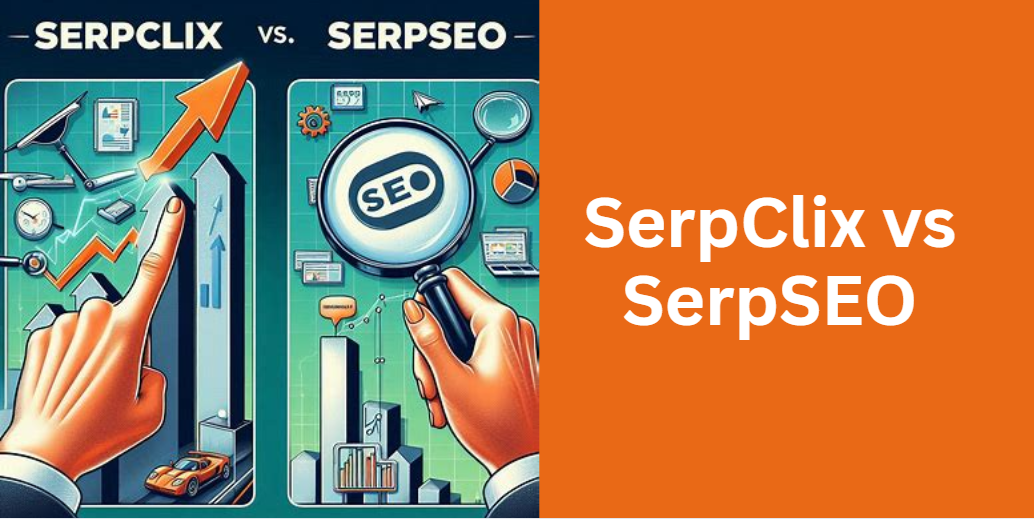
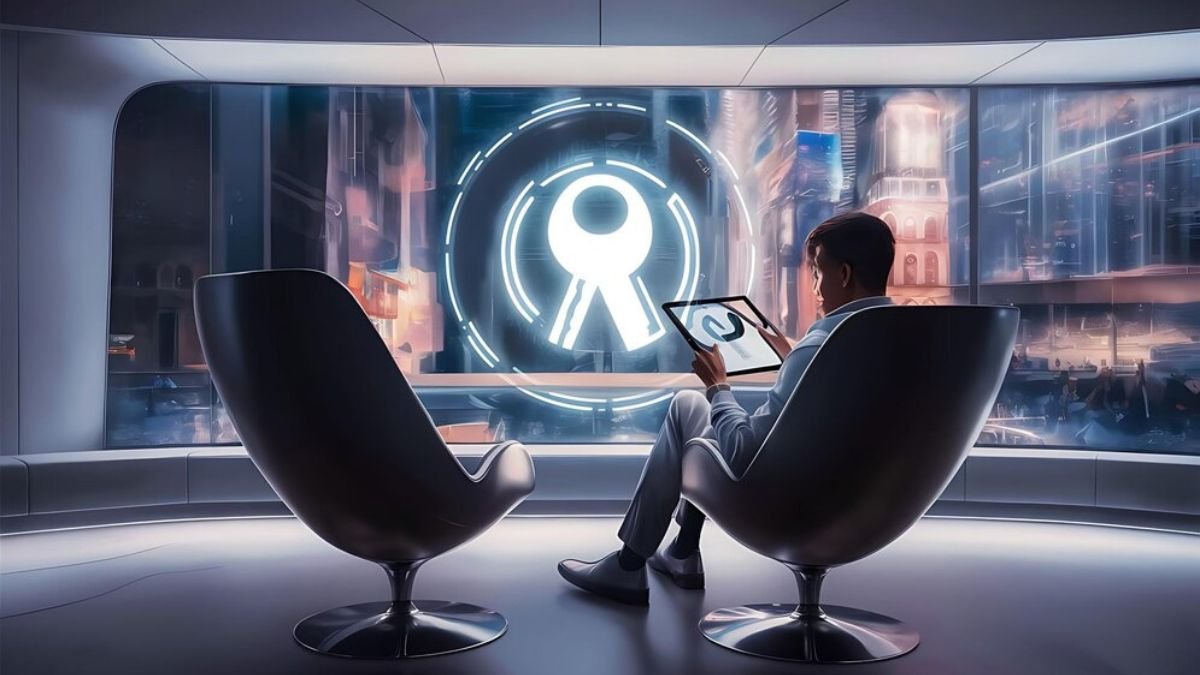






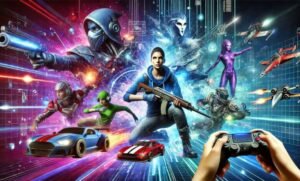
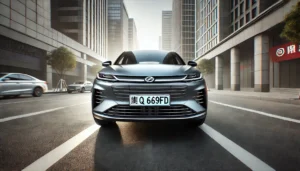


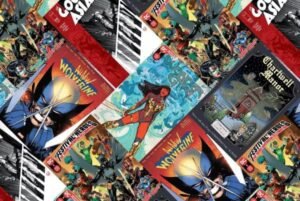



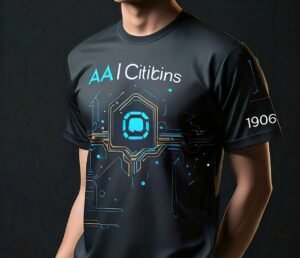





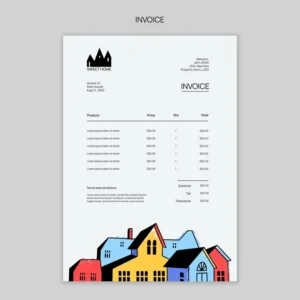
Post Comment